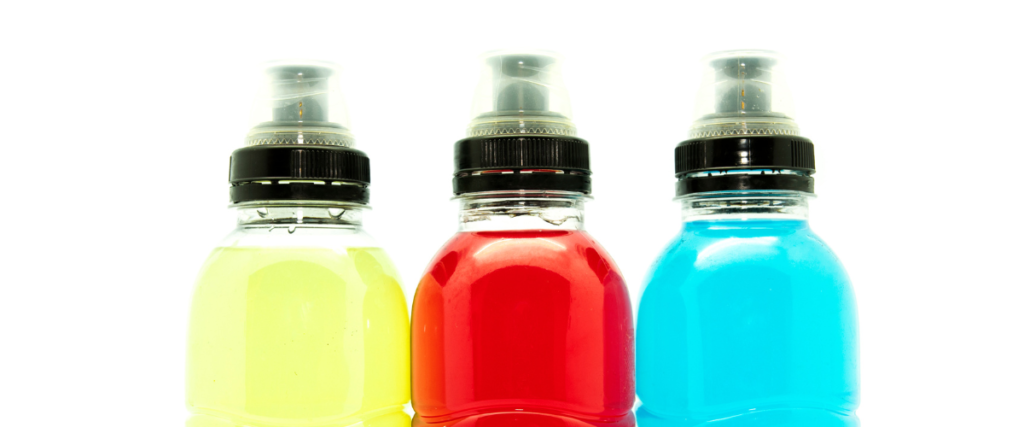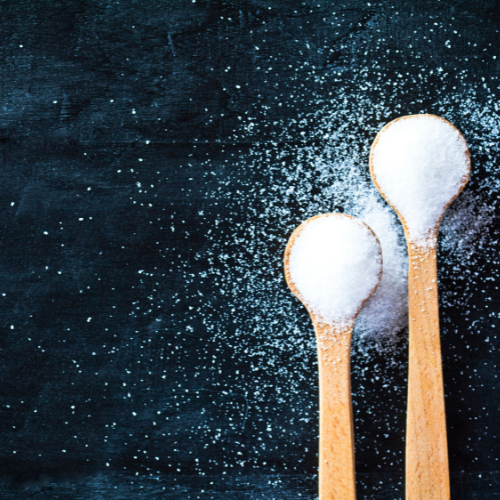This post answers the question: Does Mio break a fast?
Mio, a brand of liquid water enhancers, has gained a lot of popularity in recent years as a tasty flavor addition to your bland water. With “MIO sport”, “MIO energy”, “MIO vitamins”, etc… this water enhancer can be tailored to anyone and everyone.
But for those fasters out there, will this sugarless and seemingly harmless addition to your water hinder your fasting efforts?
If you are here searching for this answer, you are in luck. In this blog post we will uncover what Mio is actually made of, how it affects the body and if Mio is a safe addition to your fasting routine.
Understanding Intermittent Fasting
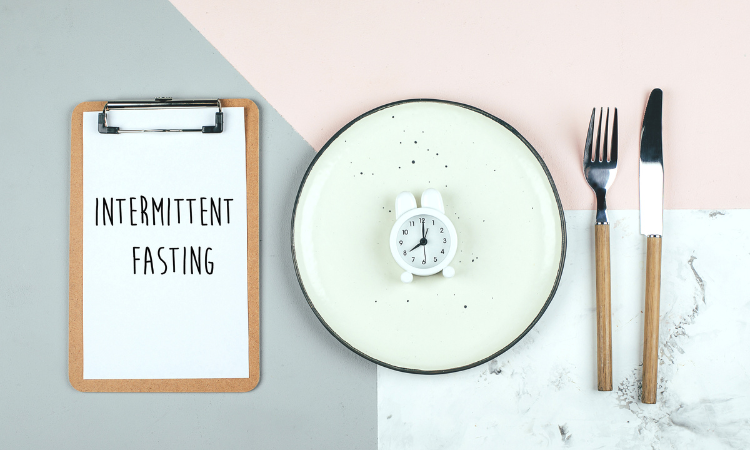
Before we dive into the answer, you must understand the science of how “breaking a fast” works.
Intermittent fasting is classified as significantly reducing or abstaining from calorie intake during certain hours or days. This act triggers a metabolic state known as ketosis.
During a state ketosis while fasting, the body shifts from using glucose (sugar/carbs) as its primary fuel source, to burning fat. This can lead to not only weight loss, but also a myriad of other health benefits for the body, mind and soul.
Read more about the benefits of intermittent fasting HERE.
If your blood sugar spikes during your time of fasting (and state of ketosis), ultimately, your fast is is then “broken”.
A Closer Look at Mio
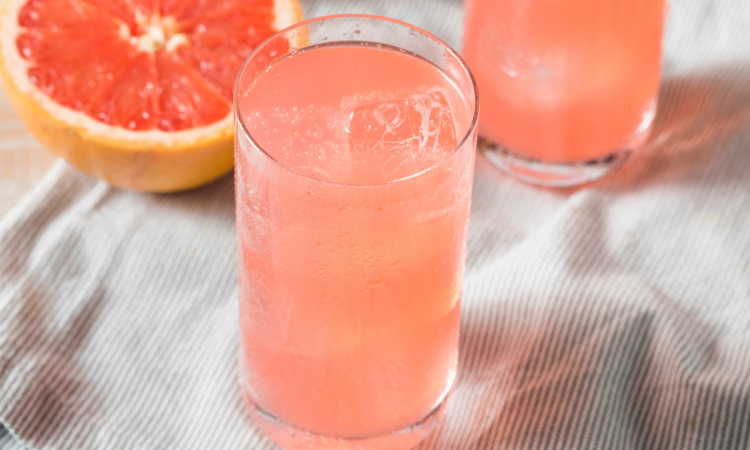
What is Mio?
Mio is a brand of liquid water enhancer that aims to transform plain water into a flavorful beverage without the added calories, sugars, or carbohydrates.
As a zero-calorie and sugar product, Mio comes in a variety of flavors, allowing users to customize their drinks according to their taste preferences. This characteristic makes it particularly appealing to those following an intermittent fasting regimen.
However, it frequently raises the question: does Mio break a fast?
What are the ingredients of Mio?
Mio is mainly composed of water however, there are other additives that are questionable when it comes to whether or not it breaks a fast– and may even raise health concerns for some.
SAFE INGREDIENTS
- Citric Acid: a preservative, generally recognized as safe, that enhances flavor
- Sodium Citrate: a preservative, generally recognized as safe, that neutralizes acidity
QUESTIONABLE INGREDIENTS
- Sucralose (Splenda): an artificial sweetener – 600x sweeter than regular sugar – generally recognized as safe. HOWEVER, has been shown to disrupt the gut microbiome causing unpleasant GI symptoms and an increase in inflammation
- Potassium Sorbate: a preservative, generally recognized as safe. HOWEVER, it has been found to have possible dangers for people with kidney problems and chronic kidney disease
- Sodium Benzoate: a preservative, generally recognized as safe. HOWEVER, it has been linked to inflammation, ADHD in children, increased oxidative stress, overeating (lowering the feelings of satiety) and allergies
UNSAFE INGREDIENTS
- Acesulfame Potassium: an artificial sweetener – 200x sweeter than regular sugar – that has been found to be a carcinogen linked to kidney and liver issues, mood and eyesight problems, headaches and nausea
- Natural and Artificial Flavors: which can contain up to 100 unregulated ingredients in itself that can possibly cause an unknown amount of side effects
Read HERE for more about the toxic ingredients that are hiding in your food labels.
One of the main concerns for intermittent fasters using Mio is the presence of the artificial sweeteners, sucralose and acesulfame potassium.
While these sweeteners do not contribute calories, their impact on fasting is a topic of ongoing debate among health experts.
These sweeteners in Mio have been scrutinized for their potential to affect blood sugar levels and insulin response.
Q: Does Mio break a fast?
A: More than likely, YES
Although Mio contains no calories or real sugar,this study found that the artificial sweetener sucralose does impact blood sugar and insulin levels.
Even just the sweet taste from the artificial sweetener in Mio could be enough to trigger hunger and cravings making it much more challenging to maintain the fast.
Although the study above does show a link between sucralose and increased blood sugar/insulin levels, there are some conflicting studies out there that find little effects of this artificial sweetener.
From our own experience at The Holistic Biohackers- we have noticed a severe increase in not only hunger one hour after using Mio, but also brain fog throughout the day and an energy “crash” 4-5 hours later. This personal result is enough for us to believe that Mio DOES, in fact, break your fast.
Keep in mind, everyone’s body and how you process food, sugar, artificial sweeteners, etc is unique. Your experience with these artificial sweeteners may be completely different and it may have no effect on you.
How to Incorporate Mio into Your Fasting Routine
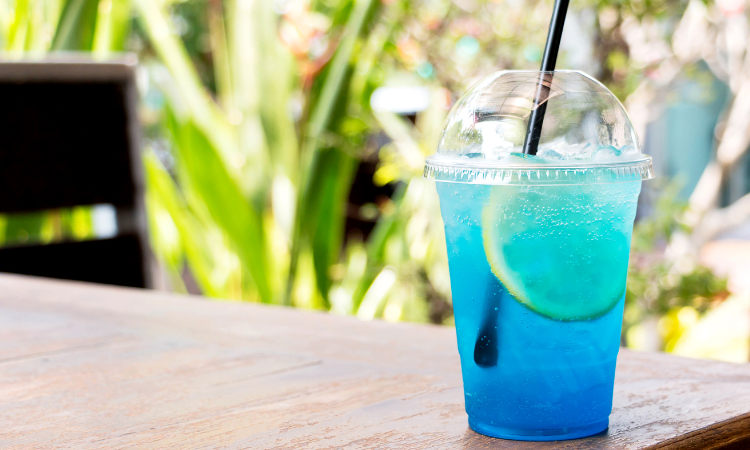
1.) Weigh the risks vs benefits
First, with many of the ingredients having not only a possibility to affect blood sugar and insulin, but also a health safety concern, it would be wise to consider the risks vs benefits of using this product.
If you are someone with diabetes, chronic kidney disease, liver issues, cancer, ADHD or inflammation, we recommend doing your research before incorporating this product into your diet as the ingredients may exacerbate symptoms or worsen health conditions.
2.) Consider timing
If you are someone who is set on using Mio in your fasting routine, it would be best to add Mio to your water at the end of you fasting window or during your eating window.
If you use Mio at the end of your fasting window, it could potentially satisfy your cravings and help you fast for longer periods without having to spike your blood sugar greatly with a full meal.
3.) Limit consumption
Moderation with Mio is key. While it is calorie-free and sugar-free, no excessive amount of artificial sweetener is ever a good idea.
If you are going to use Mio, limit your consumption to flavoring one water drink per day.
4.) Monitor your body’s response
It’s essential to listen to your body. Pay attention to any changes in hunger levels, cravings, or fasting success after incorporating Mio. If you notice any negative effects, such as increased hunger or a harder time sticking to your fasting schedule, it might be best to reduce the amount of Mio you’re using or eliminate it altogether.
Alternatives to Mio During a Fast
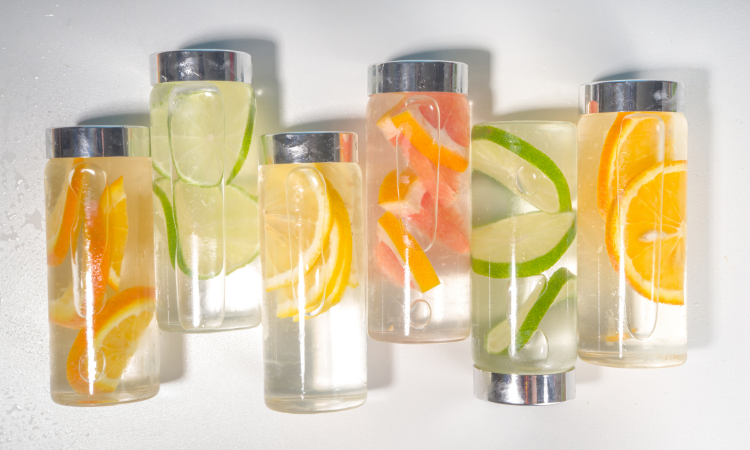
For those who have opted to cut Mio out of your fasting routine, there are several alternatives to consider. These options ensure you stay hydrated and might help avoid any ambiguities related to artificial sweeteners and fasting.
Here are some alternatives to Mio without the added artificial sweeteners:
- Infused water: using lemon, lime, mint or cucumber can add extra taste
- Herbal teas: peppermint or chamomile
- Black cold brew coffee: although an acquired taste, black cold brew coffee can be a perfect addition to your fasting window as it does not spike blood sugars and can give you the caffeine boost Mio energy does
- Sparkling water: be sure to check the ingredients for artificial sweeteners and if you have to have an artificial sweetener- choose Stevia!
Read HERE for more about fasting with Stevia.
By considering these alternatives, you can diversify your beverage choices during fasting periods without the worry that comes with questioning, “does Mio break a fast?”
Each option offers its unique benefits and flavors, allowing for a satisfying way to maintain hydration and adherence to fasting protocols!
Here are some “Alternatives to Mio” products we use ourselves and recommend:
- For infusing tea, cold brew coffee, fruit
- Insulated glass bottle
- Durable with sleeve
- Stainless steel design
- Easy set-up & use
- Aesthetically pleasing design
- Fresh taste
- Glass container with stainless steel filter
- Infuse coffee, tea or fruit
- Dishwasher- safe
- Airtight seal for long lasting freshness

